Available in the all-new Mac Studio, M1 Ultra delivers unprecedented desktop performance.
During the Peek Perfomance event, Apple unveiled the new M1 Ultra chip , the next giant step for Apple silicon and the Mac.
Featuring UltraFusion – Apple’s innovative packaging architecture that interconnects the die of two M1 Max chips to create a system on a chip (SoC) with unprecedented levels of performance and capacity – M1 Ultra delivers breathtaking computing power to the new Mac Studio, while maintaining a leading role in performance per watt.
The new SoC is made up of 114 billion transistors, the highest number ever in a personal computer chip. M1 Ultra can be configured with up to 128GB of high-bandwidth, low-latency unified memory that can be accessed via 20-core CPU , 64-core GPU , and 32-core Neural Engine , providing amazing performance for developers compiling code, artists working in huge 3D environments that were previously impossible to render.
“M1 Ultra is another game changer for Apple silicon that will once again disrupt the PC industry. By connecting two M1 Max dies with our UltraFusion packaging architecture, we are able to scale Apple silicon to unprecedented new heights, ”said Johny Srouji, Apple’s senior vice president of hardware technologies.
“With its powerful CPU, huge GPU, incredible Neural Engine, ProRes hardware acceleration and huge amount of unified memory, M1 Ultra completes the M1 family as the world’s most powerful and capable chip for a personal computer”.
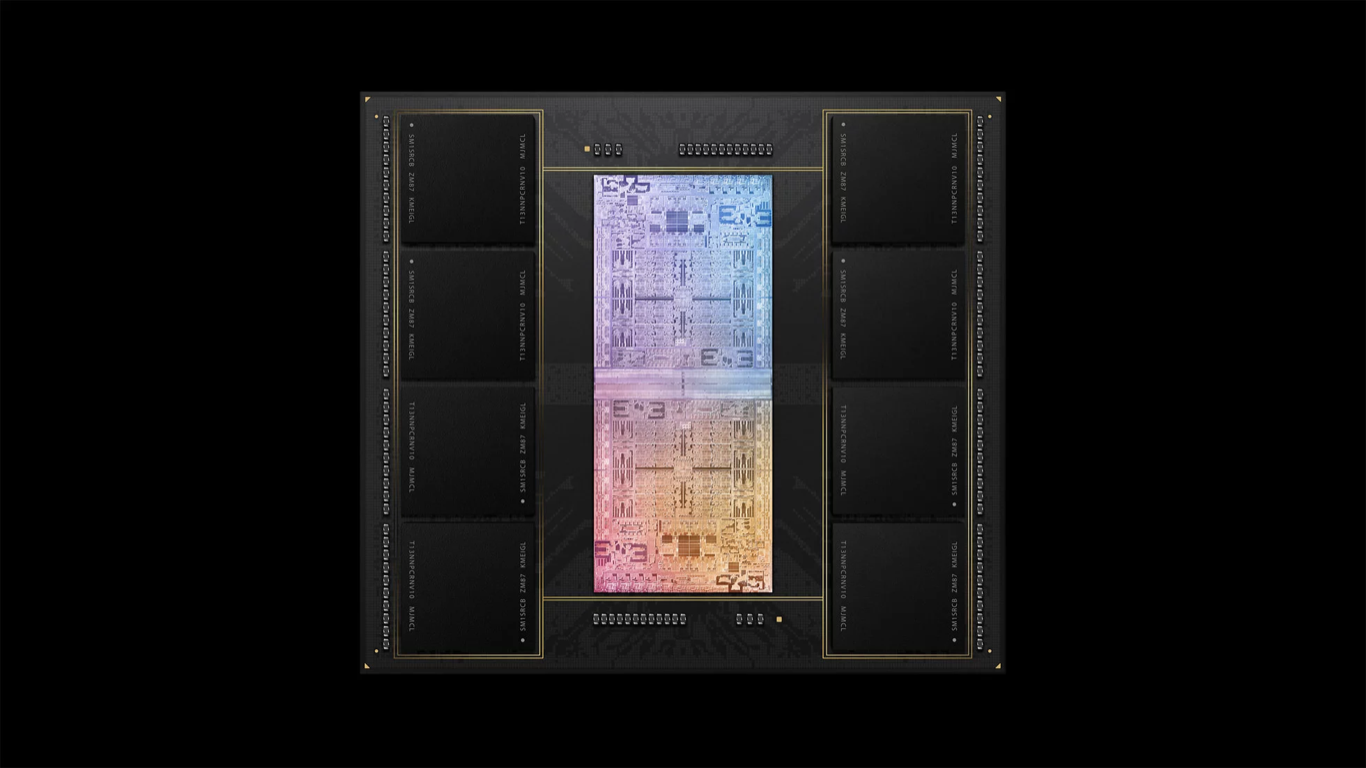
Revolutionary UltraFusion Architecture
The basis of the M1 Ultra is the extremely powerful and energy-efficient M1 Max. To build the M1 Ultra, the dies of two M1 Max are connected using UltraFusion , Apple’s custom packaging architecture.
The most common way to scale performance is to connect two chips across a motherboard, which typically involves significant trade-offs, including higher latency, lower bandwidth, and higher power consumption. However, Apple’s innovative UltraFusion uses a silicon interposer that connects chips to over 10,000 signals, providing a whopping 2.5 TB / s of low-latency interprocessor bandwidth , over 4 times the bandwidth of leading technology. multi-chip interconnection.
This allows the M1 Ultra to behave and be recognized by the software as a single chip, so developers don’t have to rewrite the code to take advantage of its performance.
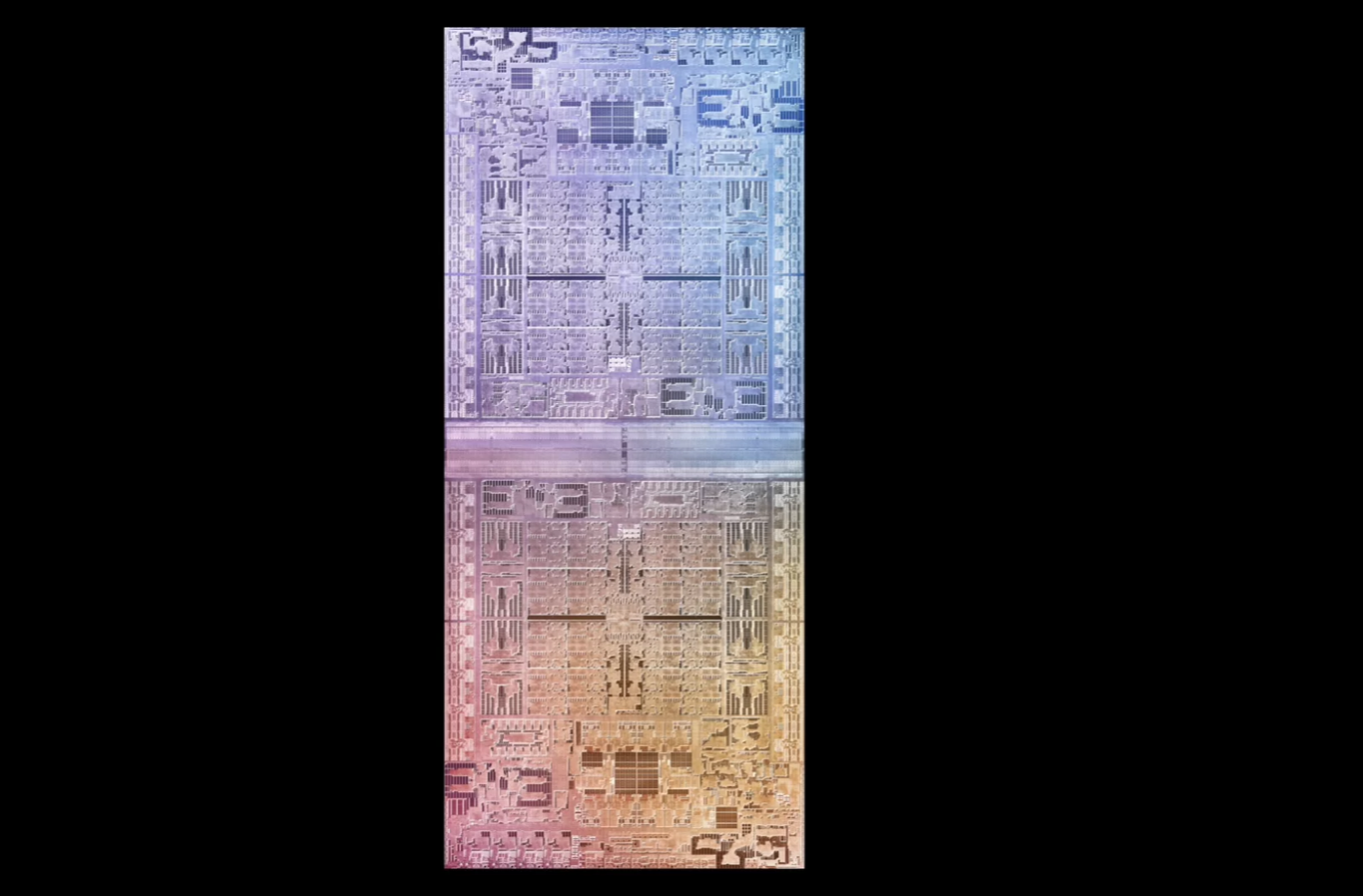
Unprecedented performance and efficiency
M1 Ultra is equipped with an extraordinarily powerful 20-core CPU with 16 high-performance cores and four high-efficiency cores . It offers 90% higher multi-threading performance than the fastest 16-core desktop PC chip available with the same power.

Furthermore, the M1 Ultra achieves the maximum performance of the PC chip using 100 watts less . Incredible efficiency means less power is consumed and fans run quietly, even when apps like Logic Pro are running demanding workflows, such as processing huge amounts of virtual instruments, audio plug-ins, and effects.
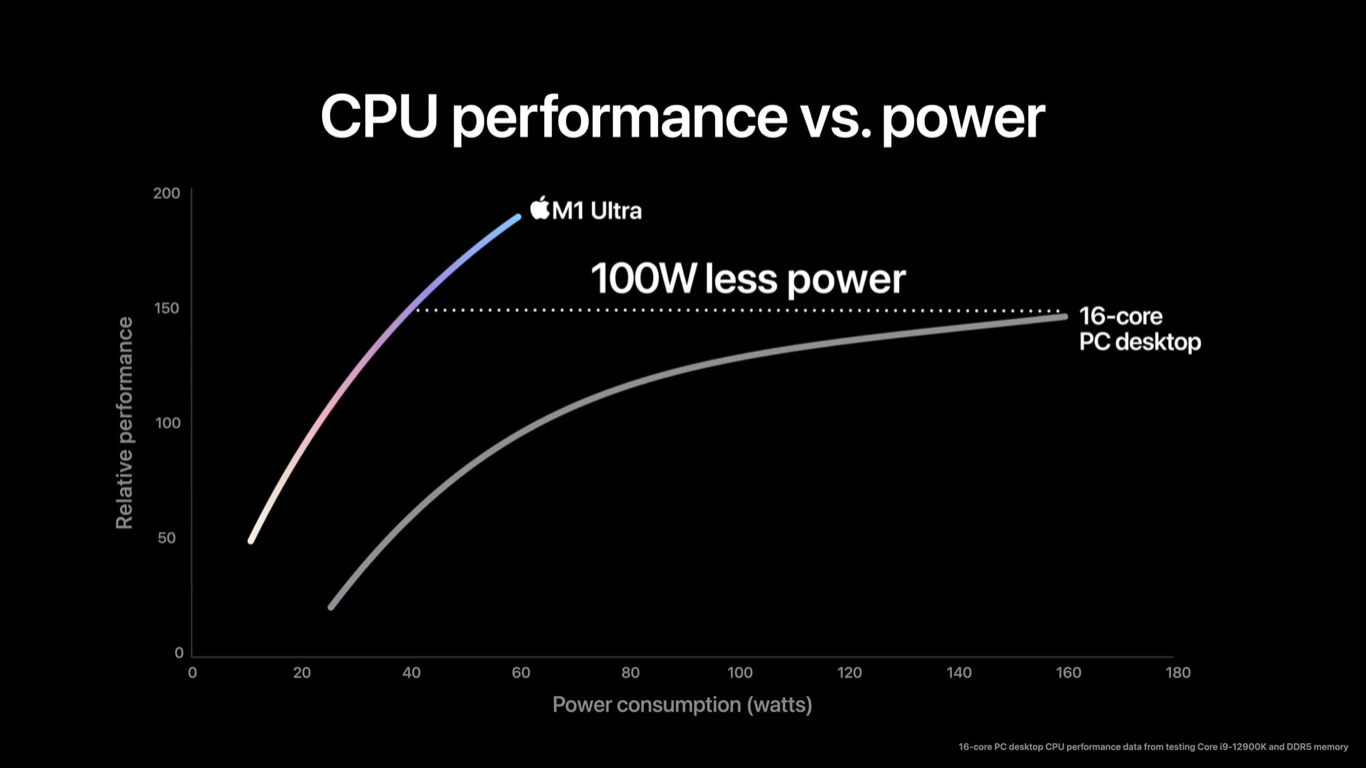
For the most demanding graphics needs, such as 3D rendering and complex image processing, the M1 Ultra has a 64-core GPU , 8 times the size of M1, which delivers faster performance than even the highest-end PC GPU available. using 200 watts less power.
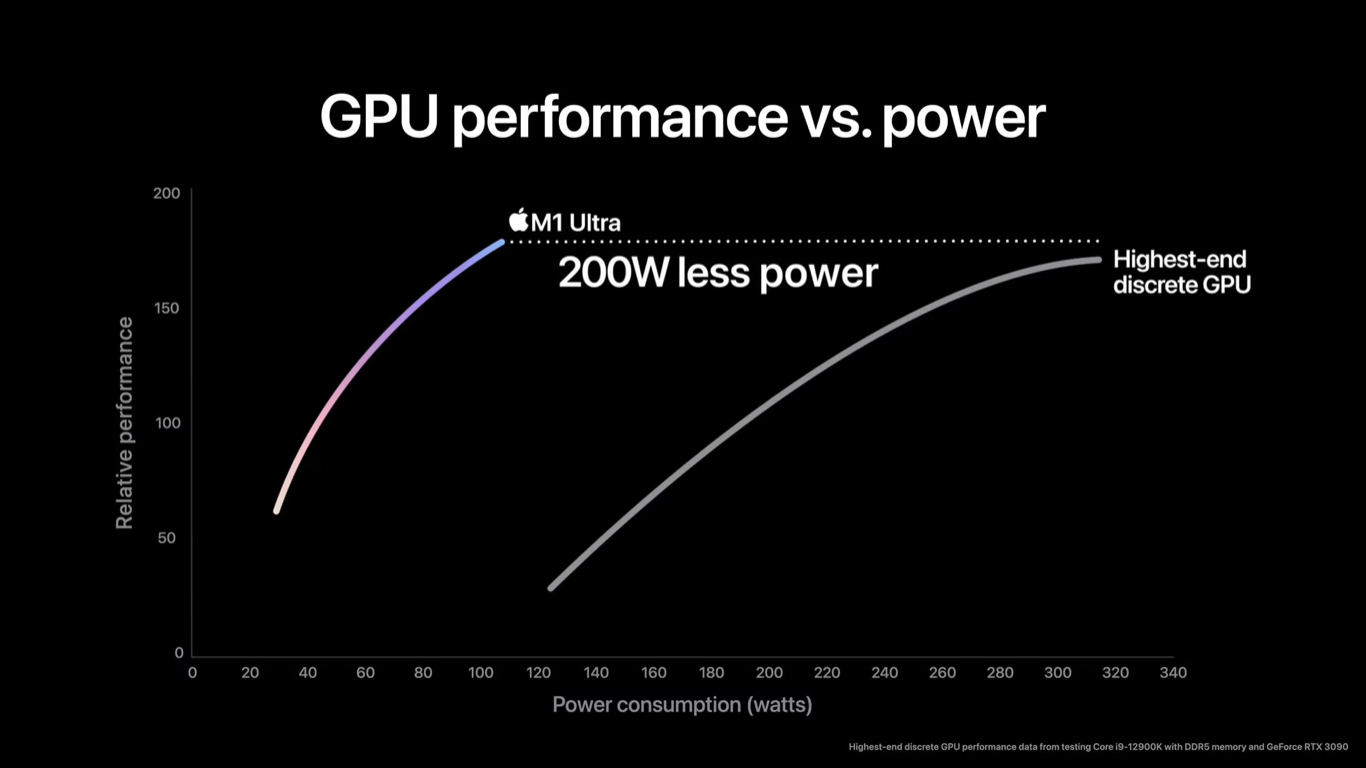
Apple’s unified memory architecture has also expanded with the M1 Ultra chip. Memory bandwidth has been increased to 800GB / s, over 10x faster than the latest desktop PC chip, and the M1 Ultra can be configured with 128GB of unified memory.
Compared to the most powerful PC graphics cards on the market that max out at 48GB, nothing comes close to the M1 Ultra chip in graphics memory, capable of supporting massive GPU-intensive workloads such as extreme 3D geometry tasks and 3D rendering. impressive scenes.
The M1 Ultra chip’s 32-core Neural Engine performs up to 22 trillion operations per second , achieving blazing speeds in the most demanding machine learning tasks. In addition, with double the capabilities of the media engine compared to the M1 Max chip, the M1 Ultra offers unprecedented speed in encoding and decoding ProRes video. In fact, the new Mac Studio with M1 Ultra can play up to 18 streams of ProRes 422 8K video , a feat no other chip can accomplish.
M1 Ultra also includes exclusive Apple technologies, such as a display engine that allows you to connect multiple external monitors, integrated Thunderbolt 4 controllers and state-of-the-art security, including Apple’s latest Secure Enclave, secure boot with hardware verification and anti-virus technologies. exploit at runtime.
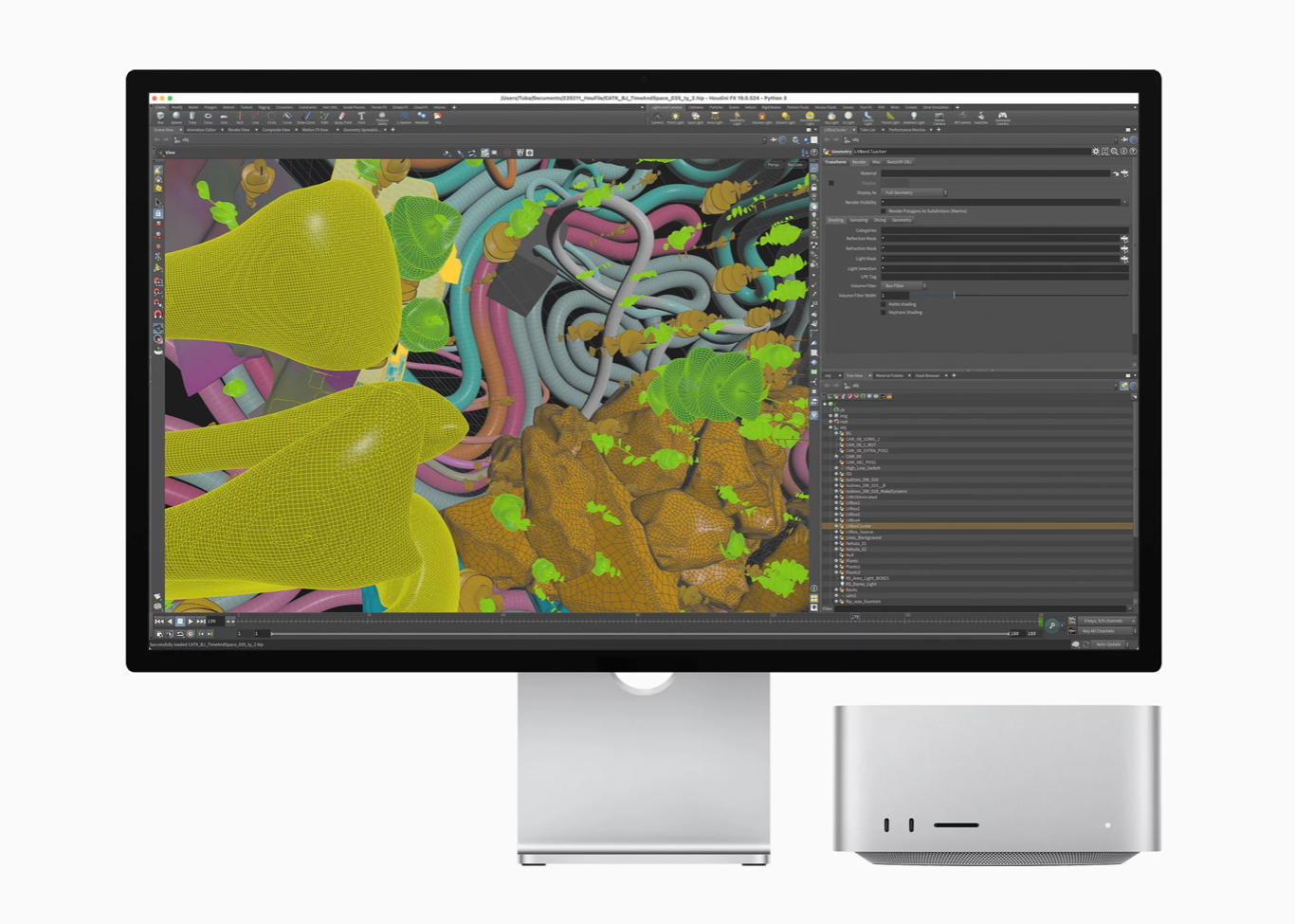
Another leap forward in the transition to Apple Silicon
Apple has introduced Apple silicon on nearly every Mac in its current lineup, and each new chip – M1, M1 Pro, M1 Max and now M1 Ultra – unlocks incredible capabilities for the Mac. M1 Ultra complements the M1 family of chips, powering the all-new Mac Studio , a high-performance desktop system with a reinvented compact design made possible by industry-leading performance per watt of Apple silicon.
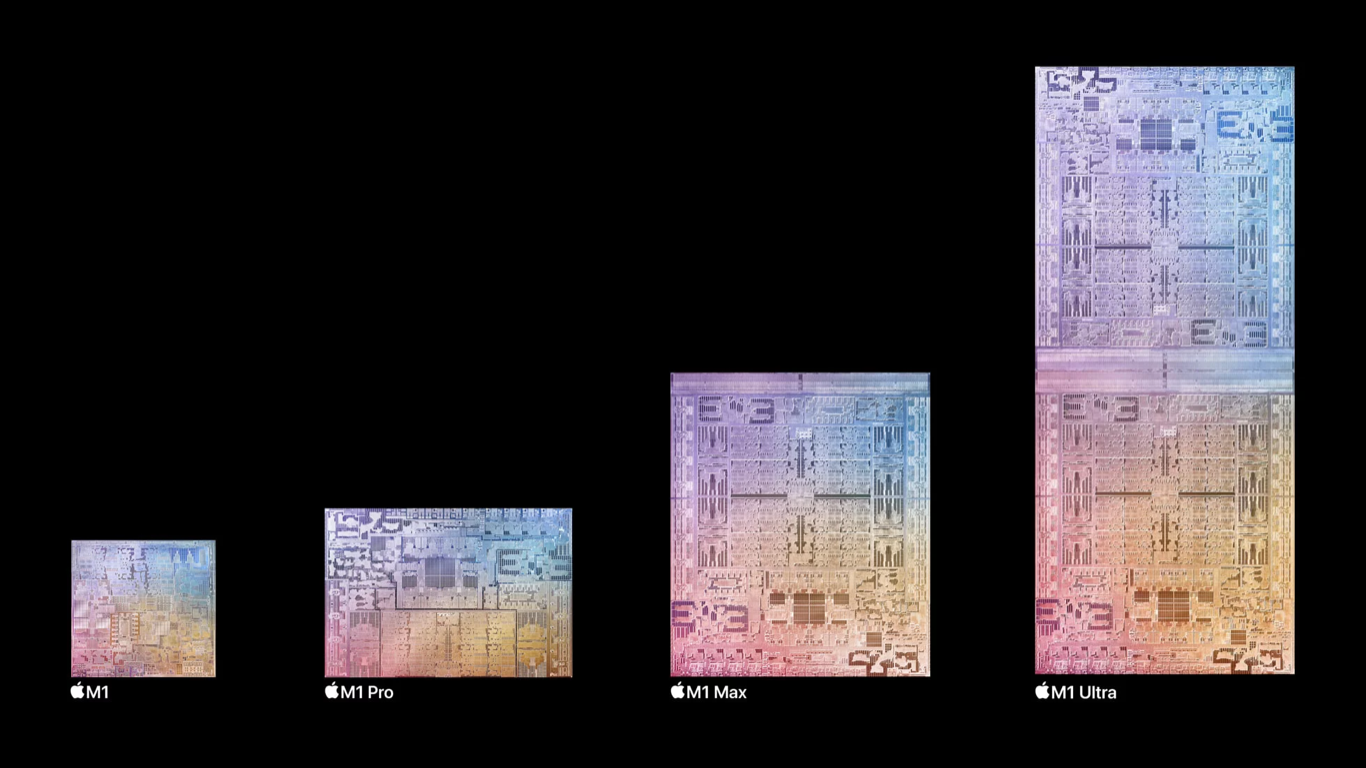
Another leap forward in the transition to Apple Silicon
Apple has introduced Apple silicon on nearly every Mac in its current lineup, and each new chip – M1, M1 Pro, M1 Max and now M1 Ultra – unlocks incredible capabilities for the Mac. M1 Ultra complements the M1 family of chips, powering the all-new Mac Studio , a high-performance desktop system with a reinvented compact design made possible by industry-leading performance per watt of Apple silicon.

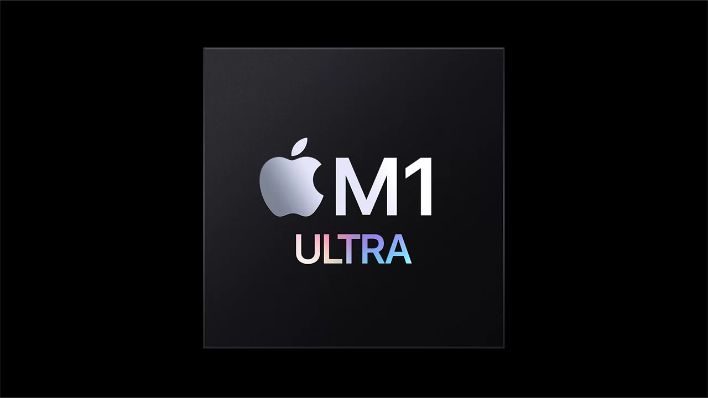

Recent Comments